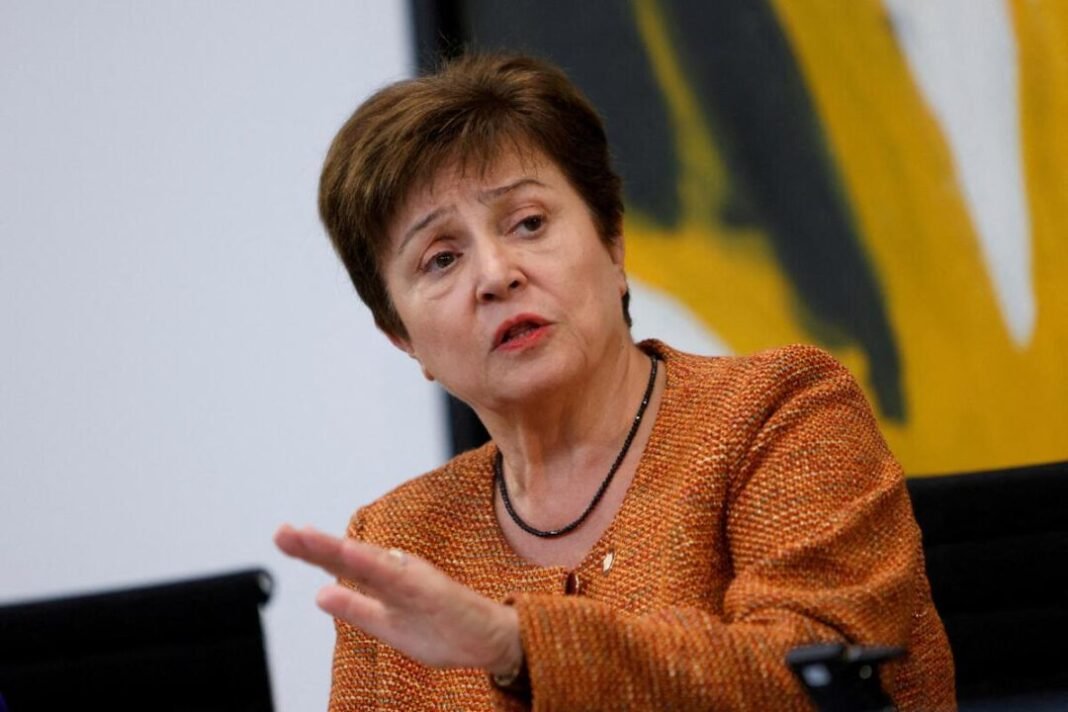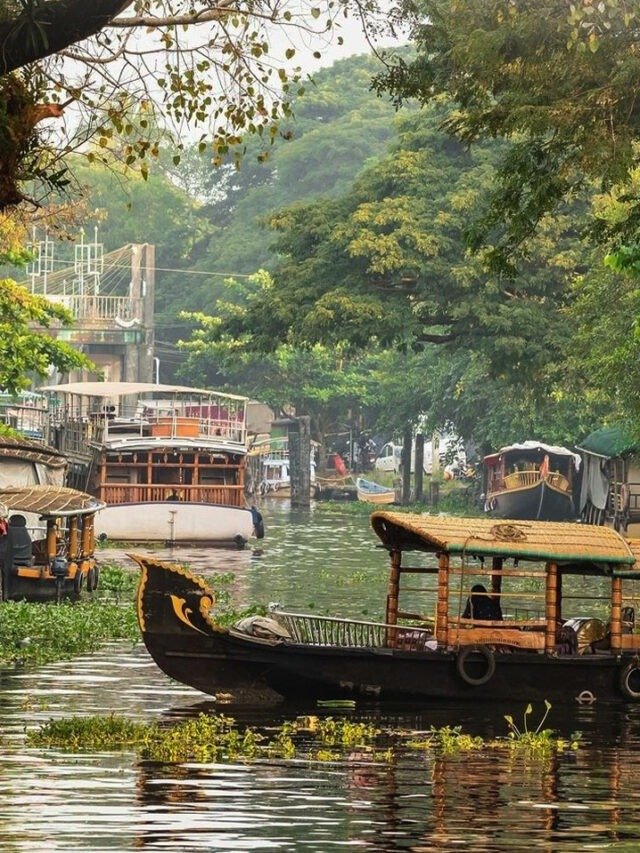WASHINGTON, Feb 22 (PTI): India continues to remain a relative “bright spot” in the world economy, and will alone contribute 15 per cent of the global growth in 2023, International Monetary Fund (IMF) managing director Kristalina Georgieva said.
While digitisation pulled out the world’s fifth-largest economy from pandemic lows, prudent fiscal policy and significant financing for capital investments provided in the next year’s budget will help sustain the growth momentum.
“India’s performance has been quite impressive. For this year, we expect India to retain a high growth rate, 6.8 per cent for the year that ends in March. For FY 2023/24 (April 2023 to March 2024) we project 6.1 per cent, a bit of slow down like the rest of the world economy, but way above the global average. And in that way, India is providing about 15 per cent of global growth in 2023,” Georgieva told PTI in an interview.
That is the fastest growth rate among major economies.
India remains a bright spot at a time when the IMF is projecting 2023 to be difficult with global growth slowing down from 3.4 per cent last year to 2.9 per cent in 2023, she observed.
“Why is India a bright spot? Because one, the country has done really well to turn the digitalisation that has been already moving quite well into a major driver of overcoming the impact of the pandemic and creating opportunities for growth and jobs,” the managing director noted.
“Second, because India’s fiscal policy has been responsive to economic conditions. We have seen the new budget presented, and it signals the commitment to fiscal consolidation, while at the same time provides significant financing for capital investments. And three, because India didn’t shy away to learn the lessons from the pandemic and to implement very strong policies to overcome what has been really a difficult time for a number of months,” she said.
Responding to a question, Georgieva said she is impressed by two things in the latest annual budget presented by Union Finance minister Nirmala Sitharaman. “Overall, a very, very thoughtful work done by the minister of finance.”
“The first one is how much care is placed on balancing development needs with fiscal responsibility in India. So, you have a budget, that is realistic on the revenue side with a focus on growth-supporting spending. And secondly, the investment in capital expenditures, that is there to provide the long-term foundation for growth,” she said.
Sitharaman in the budget for FY24 announced one of the biggest-ever increases in capital spending to create jobs but shunned outright populism in the last full budget ahead of the general election due in 2024. Capital investment is being increased steeply for the third year in a row by 33 per cent to Rs 10 lakh crore.
The capital spending increase, which would amount to 3.3 per cent of gross domestic product (GDP), will be the biggest such jump after an increase of more than 37 per cent between 2020-21 and 2021-22.
“I particularly noticed, how much attention India is paying on investing in the green economy, including renewables with potential to shift the country towards clean energy and keep growth going. What we see as potential for the future is to translate this fiscal responsibility into a medium-term framework that gives even stronger anchor to India’s public finances,” Georgieva said.
According to Georgieva India has taken “a very brave step with the digital ID” that put the foundation for digitalisation on the scale we see today. And Covid played the role of a trigger for advancing digitalisation because it made it both necessary and possible to deliver public support to households and to businesses using digital platforms, she noted.
“What is unique about India is the fact that this public digital infrastructure is built in a very agile and welcoming manner. So private initiatives can tap into this public infrastructure and benefit themselves as well as support growth and employment in India. What is replicable is this concept of open, holistic approach to digitalisation using key building blocks.”
“And of course, India’s G-20 presidency provides an opportunity for India to share this experience, more broadly, especially with the developing world, so other countries can leapfrog the way India, did it with this thoughtful approach to digitalisation,” she said.
Responding to a question, she said what the international community has learned through the shocks of the pandemic, of the war in Ukraine is that countries with strong fundamentals withstand these shocks much better, the same way people with strong immune systems have been withstanding the heat of Covid-19.
“What it means for India is to continue to build this strong fundamental. What we have seen in the last year is great progress in revenue collection. The fact that India worked on their tax administration, persevered with the goods and services tax and is starting to broaden the personal income tax, made it a much more effective and fiscally better position country.”
“I cannot praise enough what India is doing to open up space for entrepreneurs. That is visible in the digital space. India put in place public digital infrastructure that is so well attuned for private initiatives to blend in to take advantage of this infrastructure,” she said.
The results are not only impressive for India but also have generated interest from other countries as well. “And last but not least, India does have young population. 15 million people are added to the labour force every year. When you have strong investment climate that generates jobs, that is a great advantage. And India has underutilised in the past, its women. Prime Minister Modi is very clear. Women can be a fabulous driver for India’s growth,” she said.
“And what is being done there? I can only say that is the direction to travel, make sure that the legal framework is advantageous for women to participate in the labour force. That access to education for women is the same as for men. That there is a lot of attention paid to security, so women can go to work,” Georgieva said.
Then she gave a personal experience in India. “I had a chance in Mumbai to ride in a woman-only car on a train. Women told me that the safety provided to them makes a huge difference. They go to work; they go to study. So many of the reforms in India go in a direction of taking advantage of this strength of the Indian economy, youthful population, and reservoir of talent for innovation.”












